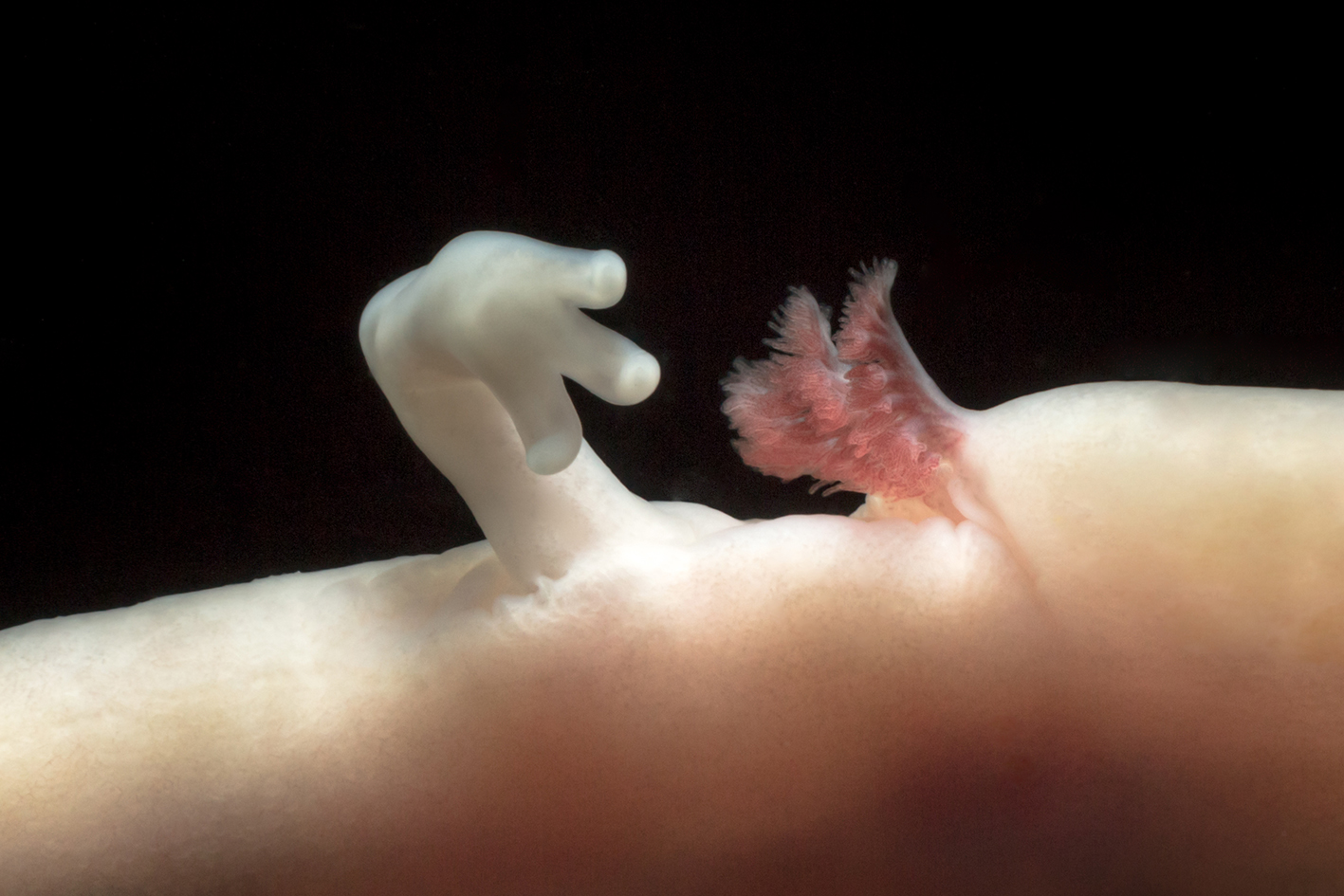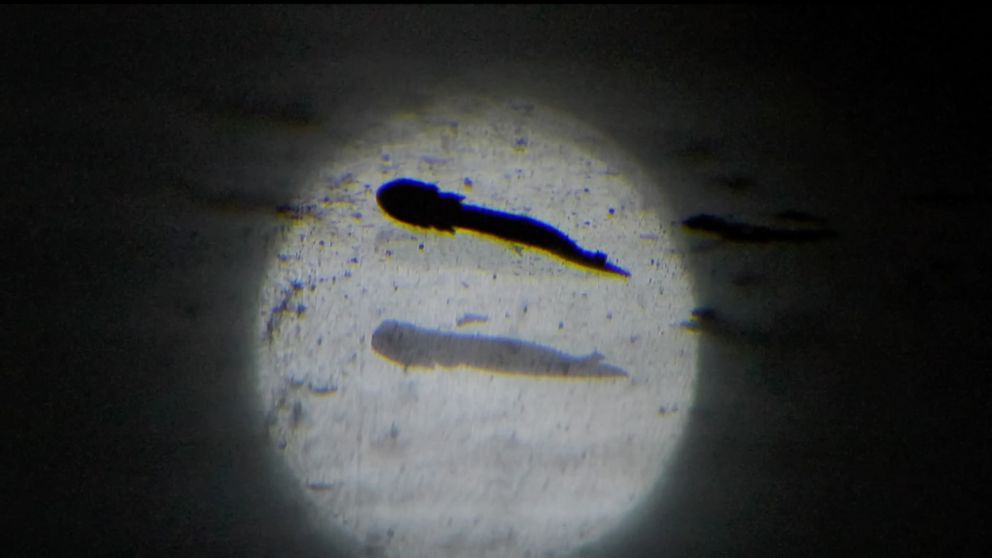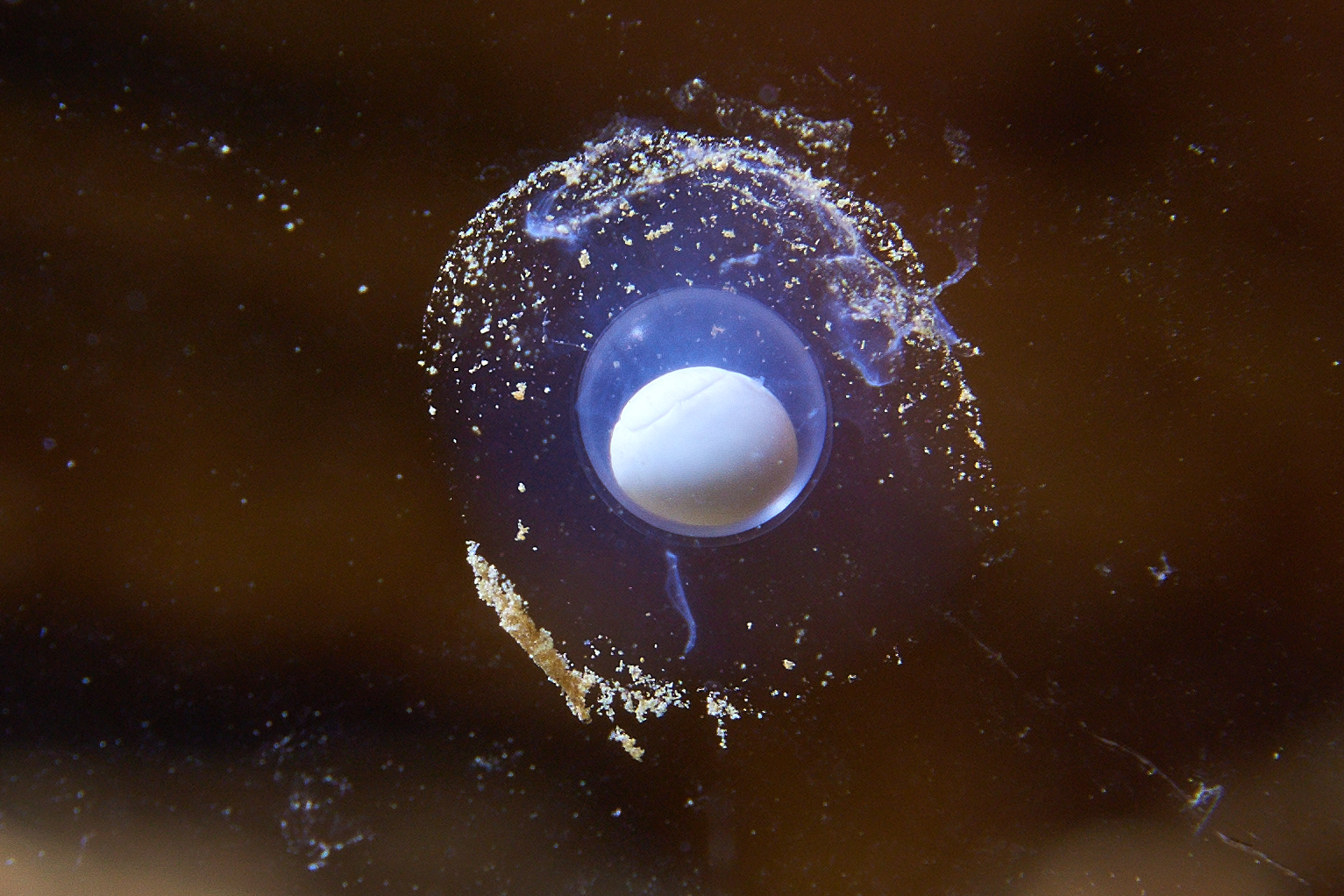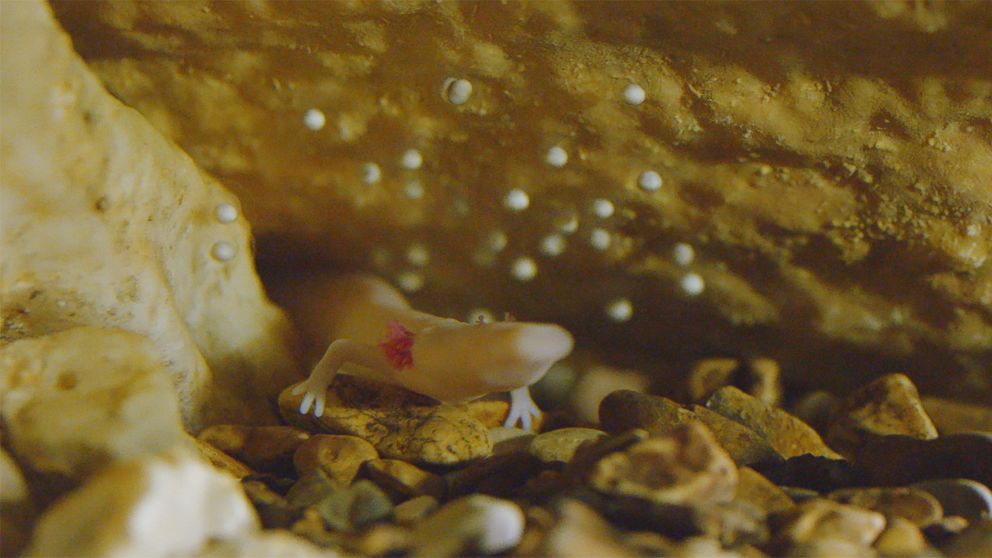Rare 'Baby Dragons' Recorded Hatching in Ancient Slovenian Cave
Researchers have been awaiting the birth of these creatures for months.
— -- Two "baby dragons" have been recorded hatching for the first time in a remote cave in Slovenia only accessible by an underground train.
No, these "baby dragons" aren't the fire-breathing kind you're probably thinking of. They're olms — an ancient species of blind salamanders that centuries ago were thought to be young versions of the mythological creature, according to biologist Saso Weldt, who studies the amphibians at Postojna Cave in Slovenia.

These olms may be just as fascinating as dragons from fantastical lore.
"They're believed to be able to live 100 years or longer, and they can survive without food for up to 10 years," Weldt previously told ABC News. "They have transparent white skin that also covers their eyes, but they don't need to see. They have an incredible sense of smell and hearing and can detect detect light and electrical or magnetic fields."

Though a female olm lays hundreds of eggs in her lifetime, an average of only two survive to become adults, Weldt said, making the hatching of two olms this week a remarkable event.

There are still more than 20 viable eggs that could hatch, according to a statement from staffers at Postojna Cave, adding that they were keeping their "fingers crossed for a happy ending."

The "most difficult period is only just starting," read the statement, released after the first egg hatched, in an aquarium in the cave. "The larva will soon need to be fed, as it does not live in its natural environment where it could feed on its own. We will also need to regularly, on a daily basis, change the water to avoid infection. And if there are several larvae, each of them will need to be in its own aquarium. We will have to set up a proper little nursery for each of them. And if all goes well, the baby dragons will grow into adults. Although they may not breathe fire, this will be the right time for the fireworks."




